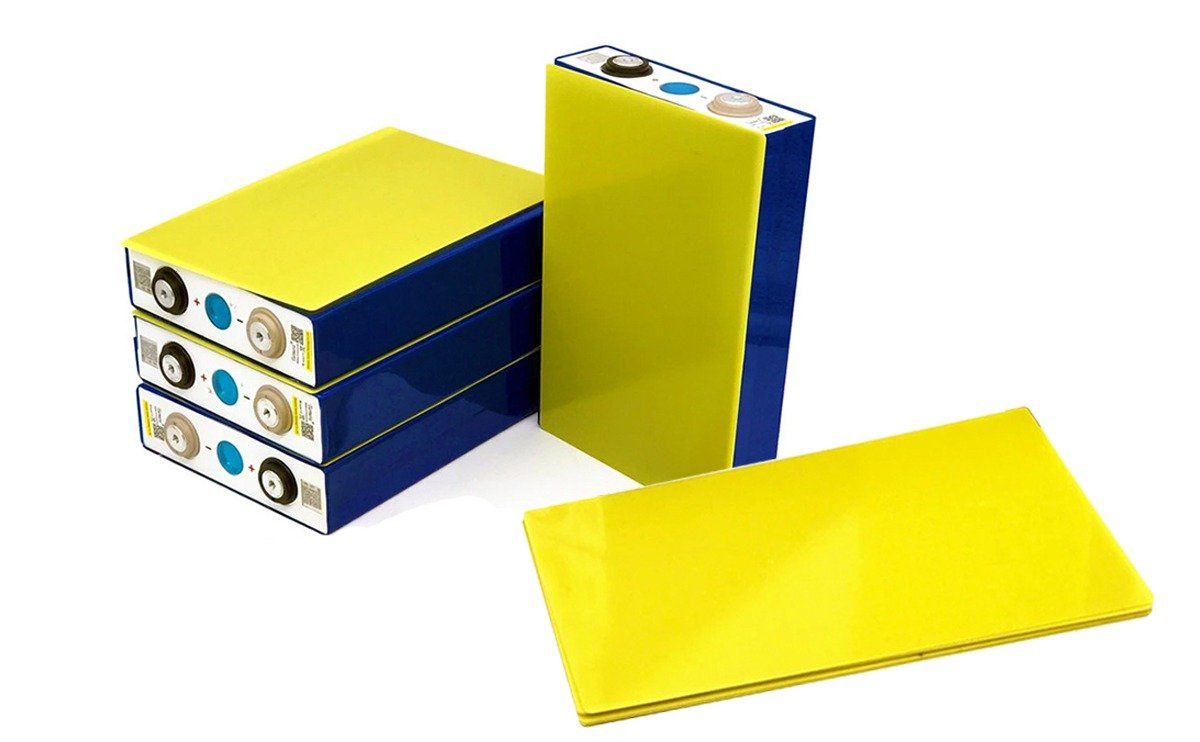When building your own lithium battery packs, many people focus on things like battery cells and connectors. However, one important part that should never be ignored is insulation. Proper insulation keeps your battery safe, helps it last longer, and ensures it performs well. In this article, we’ll explain why insulation is so important, the best materials to use, and how to insulate your battery pack the right way.
How Proper Insulation Can Extend the Lifespan of Your Battery Pack
Every time a lithium battery charges or discharges, it heats up. Without proper insulation, this heat can build up and damage the battery cells, making the battery wear out faster. Insulation helps to manage the temperature inside the battery pack, preventing heat from causing damage and keeping the battery running smoothly for longer.
Choosing the Right Insulation Materials for Your DIY Battery Build
There are several insulation materials you can use for lithium battery packs. Here are a few of the best options:
Polyimide Film (Kapton): This material is strong, heat-resistant, and provides excellent electrical insulation. It can handle high temperatures, which makes it perfect for high-performance battery packs.
PVC (Polyvinyl Chloride): A cheaper and flexible material that works well for standard battery packs. It’s a good choice if you’re working on small DIY projects where heat isn’t a major issue.
Silicone Rubber: This material is flexible, heat-resistant, and works well in humid environments. It can be a good choice if your battery will be exposed to water or high humidity.
Fiberglass Sleeving: Fiberglass is tough and can handle high temperatures, making it perfect for heavy-duty battery packs.
Cellophane: A biodegradable material that’s lightweight and works well for low-power projects, but it doesn’t provide much heat resistance.
The Risks of Skipping Insulation in Lithium Battery Projects
Skipping insulation can lead to serious problems, such as:
Short Circuits: Without insulation, the battery cells can touch each other or other metal parts in the battery pack. This can cause a short circuit, which might lead to overheating, fires, or explosions.
Overheating: If the battery cells aren’t insulated properly, they can get too hot and fail. Overheating can shorten the life of the battery or cause it to break down completely.
Physical Damage: Insulation helps protect the battery cells from shocks or impacts. Without it, the cells can get damaged, affecting the performance and safety of the entire pack.
Step-by-Step Guide: How to Insulate Your Lithium Battery Pack Effectively
It’s not hard to insulate your battery pack, and here’s how you can do it:
Pick the Right Insulation Material: Choose a material based on your project. If you need heat resistance, go with Kapton or silicone. If you’re on a budget, PVC is a good choice.
Prepare the Battery Cells: Clean the cells so there’s no dust or dirt. This helps the insulation stick better.
Apply the Insulation: Wrap the insulation material around each battery cell. Make sure there are no gaps. If you’re using materials like Kapton, you can heat it slightly to make it fit perfectly.
Secure the Insulation: Use non-conductive tape or adhesive to hold the insulation in place. Be sure it’s tightly wrapped.
Test the Pack: After insulating, test your battery pack by charging and discharging it. Keep an eye on the temperature to make sure it doesn’t overheat.


